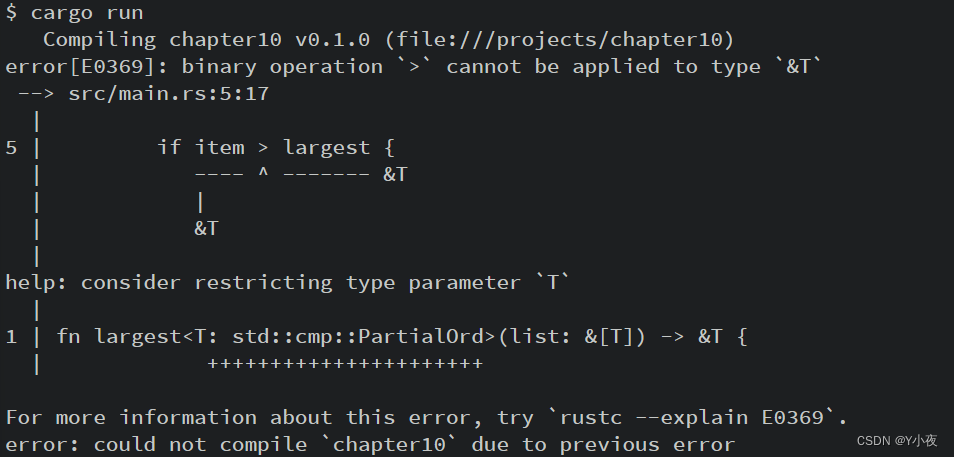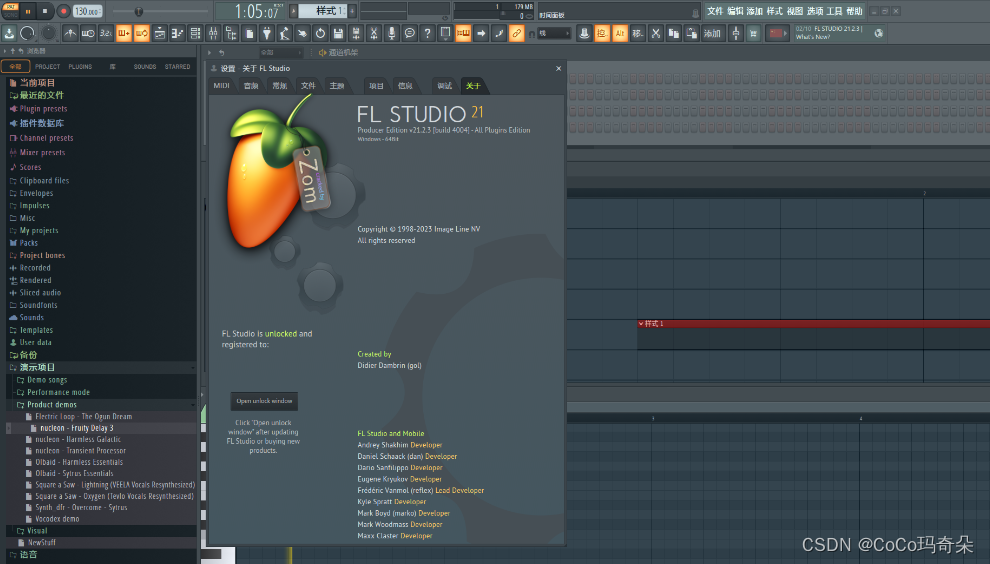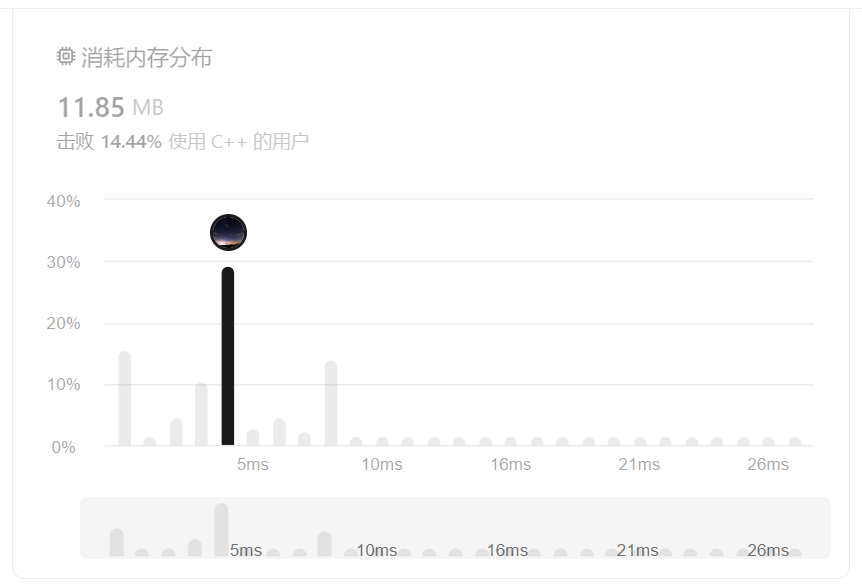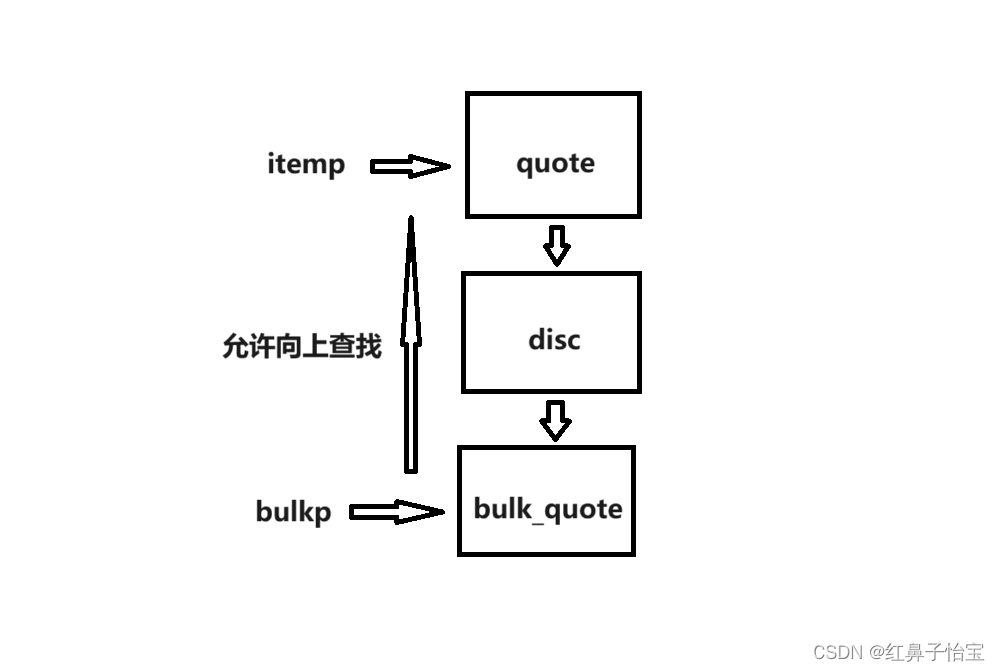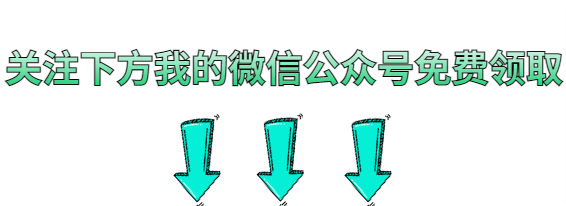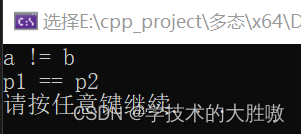SQL练习, 去除了过于简单的SQL语句
- 常用函数的使用
- concat&substring
- like&left切割&正则比较&时间函数(date_format/year/month)
- 时间函数匹配
- group by
- 子查询
- Union
前几天做笔试的时候狠狠拷打了SQL,并不是很难的题目,现在想起来感觉当时真的呆, 写完就知道笔试没希望了😭😭🤡,平时被MP惯坏了, 很少写SQL, 导致语法都生疏了, 所以花一天时间把100多道SQL刷完了, 下面是一些我觉得还不错的题(我不会的🤪)。
题目来源是牛客网 SQL必知必会,牛客上的题出的不错但是重复题型很多, 其实一类题刷一道后面就知道怎么写了
常用函数的使用
concat&substring
我们的商店已经上线了,正在创建顾客账户。所有用户都需要登录名,默认登录名是其名称和所在城市的组合。
给出 Customers表 如下:
| cust_id | cust_name | cust_contact | cust_city |
|---|---|---|---|
| a1 | Andy Li | Andy Li | Oak Park |
| a2 | Ben Liu | Ben Liu | Oak Park |
| a3 | Tony Dai | Tony Dai | Oak Park |
| a4 | Tom Chen | Tom Chen | Oak Park |
| a5 | An Li | An Li | Oak Park |
| a6 | Lee Chen | Lee Chen | Oak Park |
| a7 | Hex Liu | Hex Liu | Oak Park |
【问题】编写 SQL 语句,返回顾客 ID(cust_id)、顾客名称(cust_name)和登录名(user_login),其中登录名全部为大写字母,并由顾客联系人的前两个字符(cust_contact)和其所在城市的前三个字符(cust_city)组成。提示:需要使用函数、拼接和别名。
【示例结果】
返回顾客id cust_id,顾客名称cust_name,顾客登录名 user_login
| cust_id | cust_name | user_login |
|---|---|---|
| a1 | Andy Li | ANOAK |
| a2 | Ben Liu | BEOAK |
| a3 | Tony Dai | TOOAK |
| a4 | Tom Chen | TOOAK |
| a5 | An Li | ANOAK |
| a6 | Lee Chen | LEOAK |
| a7 | Hex Liu | HEOAK |
【示例解析】
例如,登录名是 ANOAK(Andy Li,居住在 Oak Park)
- SQL中的substring都是闭区间, 且下标从1开始
select cust_id, cust_name, upper(concat(substring(cust_name, 1, 2), substring(cust_city,1,3))) as user_login
from Customers;
like&left切割&正则比较&时间函数(date_format/year/month)
Orders订单表
| order_num | order_date |
|---|---|
| a0001 | 2020-01-01 00:00:00 |
| a0002 | 2020-01-02 00:00:00 |
| a0003 | 2020-01-01 12:00:00 |
| a0004 | 2020-02-01 00:00:00 |
| a0005 | 2020-03-01 00:00:00 |
【问题】编写 SQL 语句,返回 2020 年 1 月的所有订单的订单号(order_num)和订单日期(order_date),并按订单日期升序排序
【示例结果】
返回订单号order_num,和order_date订单时间
| order_num | order_date |
|---|---|
| a0001 | 2020-01-01 00:00:00 |
| a0003 | 2020-01-01 12:00:00 |
| a0002 | 2020-01-02 00:00:00 |
【示例解析】
a0001、a0002、a0003 时间属于2020年1月
用like来查找
select order_num, order_date``from Orders``where order_date like ``'2020-01%'``order by order_date
切割字符串
select order_num, order_date``from Orders``where left(order_date, ``7``) = ``'2020-01'``order by order_date
字符串比较
select *``from Orders``where order_date >= ``'2020-01-01 00:00:00'` `and order_date <= ``'2020-01-31 23:59:59'``order by order_date;
用正则来查找(效率不如like,能用like就用like)
select order_num, order_date``from Orders``where order_date regexp ``'2020-01'``order by order_date
时间函数匹配
select order_num, order_date``from Orders``where year(order_date) = ``'2020'` `and month(order_date) = ``'1'``order by order_date
利用date_format函数 (参考其中的匹配规则进行匹配)
select order_num, order_date``from Orders``where date_format(order_date, ``'%Y-%m'``)=``'2020-01'``order by order_date
group by
group by经常和一些聚合函数一起使用的, 比如MAX, MIN, Count这些
OrderItems 表包含每个订单的每个产品
| order_num |
|---|
| a002 |
| a002 |
| a002 |
| a004 |
| a007 |
【问题】编写 SQL 语句,返回每个订单号(order_num)各有多少行数(order_lines),并按 order_lines对结果进行升序排序。
【示例结果】返回订单号order_num和对应订单号的行数order_lines
| order_num | order_lines |
|---|---|
| a004 | 1 |
| a007 | 1 |
| a002 | 3 |
【示例解析】
订单号a002有3行订单记录也是最多的订单号故排在最后一位返回,相同订单行数的订单无需过多处理。
select order_num, count(order_num) as order_lines
from OrderItems
group by order_num
order by order_lines
这道题容易出错的的点:
- 注意要写出group by order_num, 聚合函数配套group by不然没办法做出分组效果

SQL关键字顺序总结:
(1) FROM: 对FROM子句中的左表<left_table>和右表<right_table>执行笛卡儿积,产生虚拟表VT1;
(2) ON: 对虚拟表VT1进行ON筛选,只有那些符合<join_condition>的行才被插入,产生虚拟表VT2;
(3) JOIN: 如果指定了OUTER JOIN(如LEFT OUTER JOIN、RIGHT OUTER JOIN),那么保留表中未匹配的行作为外部行添加到虚拟表VT2,产生虚拟表VT3。如果FROM子句包含两个以上的表,则对上一个连接生成的结果表VT3和下一个表重复执行步骤1~步骤3,直到处理完所有的表;
(4) WHERE: 对虚拟表VT3应用WHERE过滤条件,只有符合<where_condition>的记录才会被插入到VT4;
(5) GROUP By: 根据GROUP BY子句中的列,对VT4中的记录进行分组操作,产生VT5;
(6) CUBE|ROllUP: 对VT5进行CUBE或ROLLUP操作,产生VT6;
(7) HAVING: 对虚拟表VT6应用HAVING过滤器,只有符合<having_condition>的记录才会被插入到VT7;
(8) SELECT: 第二次执行SELECT操作,选择指定的列,插入到虚拟表VT8中;
(9) DISTINCT: 去除重复,得到虚拟表VT9;
(10) ORDER BY: 将虚拟表VT9中的记录按照<order_by_list>进行排序操作,得到虚拟表VT10;
(11) LIMIT: 取出指定行的记录,产生虚拟表VT11,并返回给查询用户
有Products表,含有字段prod_price代表产品价格,vend_id代表供应商id
| vend_id | prod_price |
|---|---|
| a0011 | 100 |
| a0019 | 0.1 |
| b0019 | 1000 |
| b0019 | 6980 |
| b0019 | 20 |
【问题】编写 SQL 语句,返回名为 cheapest_item 的字段,该字段包含每个供应商成本最低的产品(使用 Products 表中的 prod_price),然后从最低成本到最高成本对结果进行升序排序。
【示例结果】返回供应商id vend_id和对应供应商成本最低的产品cheapest_item。
| vend_id | cheapest_item |
|---|---|
| a0019 | 0.1 |
| b0019 | 20 |
| a0011 | 100 |
【示例解析】
例如b0019成本最低的价格是20,且最后根据成本价格排序返回依次是a0019、b0019、a0011。
select vend_id, min(prod_price) as cheapest_item
from Products
group by vend_id
order by cheapest_item;
OrderItems代表订单商品表,包括:订单号order_num和订单数量quantity。
| order_num | quantity |
|---|---|
| a1 | 105 |
| a2 | 1100 |
| a2 | 200 |
| a4 | 1121 |
| a5 | 10 |
| a2 | 19 |
| a7 | 5 |
【问题】请编写 SQL 语句,返回订单数量总和不小于100的所有订单号,最后结果按照订单号升序排序。
【示例结果】返回order_num订单号。
| order_num |
|---|
| a1 |
| a2 |
| a4 |
【示例解析】
订单号a1、a2、a4的quantity总和都大于等于100,按顺序为a1、a2、a4。
select distinct(order_num)
from OrderItems
where quantity > 100
order by order_num
- where 子句的作用是在对查询结果进行分组前,将不符合where条件的行去掉,即在分组之前过滤数据,where条件中不能包含聚组函数,使用where条件过滤出特定的行。
- having 子句的作用是筛选满足条件的组,即在分组之后过滤数据,条件中经常包含聚组函数,使用having 条件过滤出特定的组,也可以使用多个分组标准进行分组。
# 直接使用聚合
select order_num
from OrderItems
group by order_num
having sum(quantity) >= 100
order by order_num
子查询
什么叫做子查询
- 子查询是在主查询前面就得到结果的查询, 一般子查询的结果被主查询使用, 而且一般用括号括起来~
OrderItems表示订单商品表,含有字段订单号:order_num、订单价格:item_price;Orders表代表订单信息表,含有顾客id:cust_id和订单号:order_num
OrderItems表
| order_num | item_price |
|---|---|
| a1 | 10 |
| a2 | 1 |
| a2 | 1 |
| a4 | 2 |
| a5 | 5 |
| a2 | 1 |
| a7 | 7 |
Orders表
| order_num | cust_id |
|---|---|
| a1 | cust10 |
| a2 | cust1 |
| a2 | cust1 |
| a4 | cust2 |
| a5 | cust5 |
| a2 | cust1 |
| a7 | cust7 |
【问题】使用子查询,返回购买价格为 10 美元或以上产品的顾客列表,结果无需排序。
注意:你需要使用 OrderItems 表查找匹配的订单号(order_num),然后使用Order 表检索这些匹配订单的顾客 ID(cust_id)。
【示例结果】返回顾客id cust_id
| cust_id |
|---|
| cust10 |
【示例解析】
cust10顾客下单的订单为a1,a1的售出价格大于等于10
# 子查询
select cust_id from Orders
where order_num IN (select order_numfrom OrderItemswhere item_price>=10
)
#关联查询
select o.cust_id
from Orders as o
inner join OrderItems as ot
on o.order_num=ot.order_num and ot.item_price >=10
表OrderItems代表订单商品信息表,prod_id为产品id;Orders表代表订单表有cust_id代表顾客id和订单日期order_date
OrderItems表
| prod_id | order_num |
|---|---|
| BR01 | a0001 |
| BR01 | a0002 |
| BR02 | a0003 |
| BR02 | a0013 |
Orders表
| order_num | cust_id | order_date |
|---|---|---|
| a0001 | cust10 | 2022-01-01 00:00:00 |
| a0002 | cust1 | 2022-01-01 00:01:00 |
| a0003 | cust1 | 2022-01-02 00:00:00 |
| a0013 | cust2 | 2022-01-01 00:20:00 |
【问题】
编写 SQL 语句,使用子查询来确定哪些订单(在 OrderItems 中)购买了 prod_id 为 “BR01” 的产品,然后从 Orders 表中返回每个产品对应的顾客 ID(cust_id)和订单日期(order_date),按订购日期对结果进行升序排序。
【示例结果】返回顾客id cust_id和定单日期order_date。
| cust_id | order_date |
|---|---|
| cust10 | 2022-01-01 00:00:00 |
| cust1 | 2022-01-01 00:01:00 |
【示例解析】
产品id为"BR01"的订单a0001和a002的下单顾客cust10和cust1的下单时间分别为2022-01-01 00:00:00和2022-01-01 00:01:00
子查询
select cust_id, order_date from Orders
where order_num in (select order_num from OrderItems where prod_id='BR01')
外连接
select cust_id,order_date
from Orders
left join OrderItems on OrderItems.order_num = Orders.order_num
where OrderItems.prod_id='BR01'
OrderItems表代表订单信息,确定最佳顾客的另一种方式是看他们花了多少钱,OrderItems表有订单号order_num和item_price商品售出价格、quantity商品数量
| order_num | item_price | quantity |
|---|---|---|
| a1 | 10 | 105 |
| a2 | 1 | 1100 |
| a2 | 1 | 200 |
| a4 | 2 | 1121 |
| a5 | 5 | 10 |
| a2 | 1 | 19 |
| a7 | 7 | 5 |
Orders表含有字段order_num 订单号、cust_id顾客id
| order_num | cust_id |
|---|---|
| a1 | cust10 |
| a2 | cust1 |
| a3 | cust2 |
| a4 | cust22 |
| a5 | cust221 |
| a7 | cust2217 |
顾客表Customers有字段cust_id 客户id、cust_name 客户姓名
| cust_id | cust_name |
|---|---|
| cust10 | andy |
| cust1 | ben |
| cust2 | tony |
| cust22 | tom |
| cust221 | an |
| cust2217 | hex |
【问题】编写 SQL 语句,返回订单总价不小于1000 的客户名称和总额(OrderItems 表中的order_num)。
提示:需要计算总和(item_price 乘以 quantity)。按总额对结果进行排序,请使用INNER JOIN 语法。
【示例结果】
| cust_name | total_price |
|---|---|
| andy | 1050 |
| ben | 1319 |
| tom | 2242 |
【示例解析】
总额(item_price 乘以 quantity)大于等于1000的订单号,例如a2对应的顾客id为cust1,cust1的顾客名称cust_name是ben,最后返回ben作为order_num a2的quantity * item_price总和的结果1319。
SELECT c.cust_name,tb.total_price
FROMCustomers cINNER JOIN Orders oON c.cust_id = o.cust_idINNER JOIN(SELECT order_num,SUM(item_price*quantity) AS total_priceFROM OrderItemsGROUP BY order_numHAVING total_price >= 1000) tbON tb.order_num = o.order_numORDER BY tb.total_price ASC;
select c.cust_name,sum(oi.item_price*oi.quantity) total_price
from OrderItems oi,Orders o,Customers c
where oi.order_num=o.order_num and o.cust_id=c.cust_id
group by c.cust_name
having total_price>=1000
order by total_price;
- 很特别的using
Products表为产品信息表含有字段prod_id产品id、prod_name产品名称
| prod_id | prod_name |
|---|---|
| a0001 | egg |
| a0002 | sockets |
| a0013 | coffee |
| a0003 | cola |
| a0023 | soda |
OrderItems表为订单信息表含有字段order_num订单号和产品id prod_id
| prod_id | order_num |
|---|---|
| a0001 | a105 |
| a0002 | a1100 |
| a0002 | a200 |
| a0013 | a1121 |
| a0003 | a10 |
| a0003 | a19 |
| a0003 | a5 |
【问题】
使用 OUTER JOIN 联结 Products 表和 OrderItems 表,返回产品名称(prod_name)和与之相关的订单号(order_num)的列表,并按照产品名称升序排序。
【示例结果】
返回产品名称prod_name和订单号order_num
| prod_name | order_num |
|---|---|
| coffee | a1121 |
| cola | a5 |
| cola | a19 |
| cola | a10 |
| egg | a105 |
| sockets | a200 |
| sockets | a1100 |
| soda | NULL |
【示例解析】
返回产品和对应实际支付订单的订单号,但是无实际订单的产品soda也返回,最后根据产品名称升序排序。
使用using必须满足如下两个条件:
-
查询必须是等值连接。
-
等值连接中的列必须具有相同的名称和数据类型。
select prod_name,order_num
from Products
left join OrderItems using(prod_id)
order by prod_name
另外一种解法
(
select a.prod_name, b.order_num
from Products aleft join OrderItems b
on a.prod_id = b.prod_id)
union
(
select a.prod_name, b.order_num
from Products aright join OrderItems b
on a.prod_id = b.prod_id)
Union
表OrderItems包含订单产品信息,字段prod_id代表产品id、quantity代表产品数量
| prod_id | quantity |
|---|---|
| a0001 | 105 |
| a0002 | 100 |
| a0002 | 200 |
| a0013 | 1121 |
| a0003 | 10 |
| a0003 | 19 |
| a0003 | 5 |
| BNBG | 10002 |
【问题】
将两个 SELECT 语句结合起来,以便从 OrderItems表中检索产品 id(prod_id)和 quantity。其中,一个 SELECT 语句过滤数量为 100 的行,另一个 SELECT 语句过滤 id 以 BNBG 开头的产品,最后按产品 id 对结果进行升序排序。
【示例结果】
返回产品id prod_id和产品数量quantity
| prod_id | quantity |
|---|---|
| a0002 | 100 |
| BNBG | 10002 |
【示例解析】
产品id a0002因为数量等于100被选取返回;BNBG因为是以 BNBG 开头的产品所以返回;最后以产品id进行排序返回。
- 这里要区分union和join
- join—连接表,对列操作
- union–连接表,对行操作。
-
- union–将两个表做行拼接,同时自动删除重复的行。
-
- union all—将两个表做行拼接,保留重复的行。
- 注意使用union的时候, 只能有一个order by
- union all—将两个表做行拼接,保留重复的行。
select prod_id,quantity
from OrderItems
where quantity=100
union
select prod_id,quantity
from OrderItems
where prod_id like 'BNBG%'
order by prod_id;- 投机取巧一下 : 直接使用or
select prod_id,quantity from OrderItems
where quantity=100 or prod_id like 'BNBG%'
order by prod_id;


